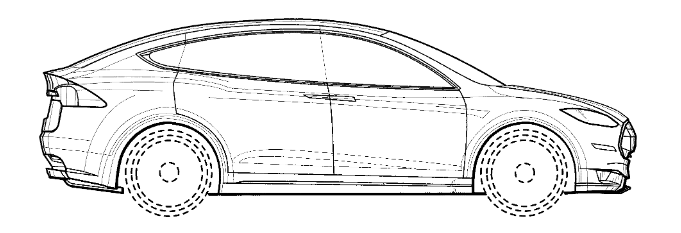by Dennis Crouch
On May 22, 2024, the day after the Federal Circuit's en banc LKQ v. GM decision, the USPTO issued a memorandum to its examiners providing updated guidance and examination instructions in light of the court's overturning of the long-standing Rosen-Durling test for determining obviousness of design patents. The memo, signed by USPTO Director Kathi Vidal, aims to immediately align USPTO practices with the more flexible approach outlined by the Federal Circuit, which eliminated the rigid requirements that: (1) a primary reference be "basically the same" as the claimed design, and (2) secondary references be "so related" to the primary reference that features in one would suggest application to the other. This is a major shift in examination practice for design patents so it will be important to watch the developments to see whether the office ramps up design examination.
To continue reading, become a Patently-O member. Already a member? Simply log in to access the full post.
